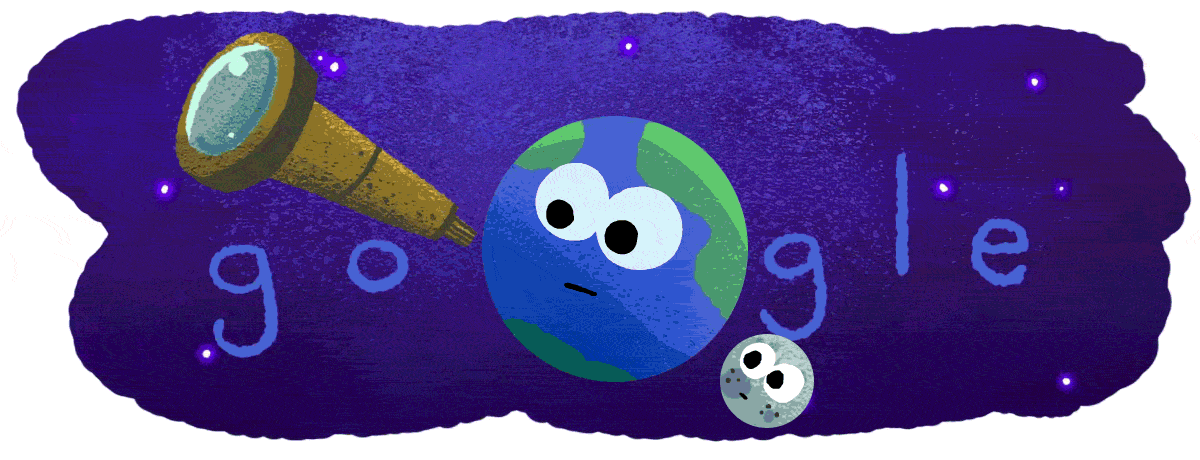Google Doodle honours Nasa discovery of seven Earth-like exoplanets
In one of the few Google Doodles with a global reach, Google is saluting Nasa for the discovery of seven Earth-like exoplanets. The planets are only 40 light-years away, which is positively close when it comes to stellar distances. All the seven stars are in orbit around an ultra-cool dwarf star, and their orbits are closer to the star than Mercury is to the sun. All the planets are very close to each other, and a person standing on the surface of one of the planets can actually see the geological features on the others.

Three of the seven planets are the best known candidates for supporting life as we know it on Earth, as they are in the habitable zone, and it is possible for liquid water to exist on the surface of these planets. Not all the conditions are exactly Earth-like though, there are indications that all the seven planets are tidally locked to the star, called Trappist-1. This means that one side of the planets are permanently in daylight, and the other side is permanently night, with a twilight zone in the middle of the two regions.
If the atmospheric conditions are right, then all seven planets could potentially have liquid water. The seventh planet, the farthest from the star, is believed to be an icy world. If the conditions are right, then the icy world could have a global subsurface ocean, similar to the Europa in our solar system, a moon of Jupiter. Scientists have to further observe the planets to confirm the existence of liquid water on the surface. Nasa has set up a site where the newly discovered planets can be explored in 3D.
The post Google Doodle honours Nasa discovery of seven Earth-like exoplanets appeared first on Tech2.
from http://tech.firstpost.com/news-analysis/google-doodle-honours-nasa-discovery-of-seven-earth-like-exoplanets-363646.html


No comments: